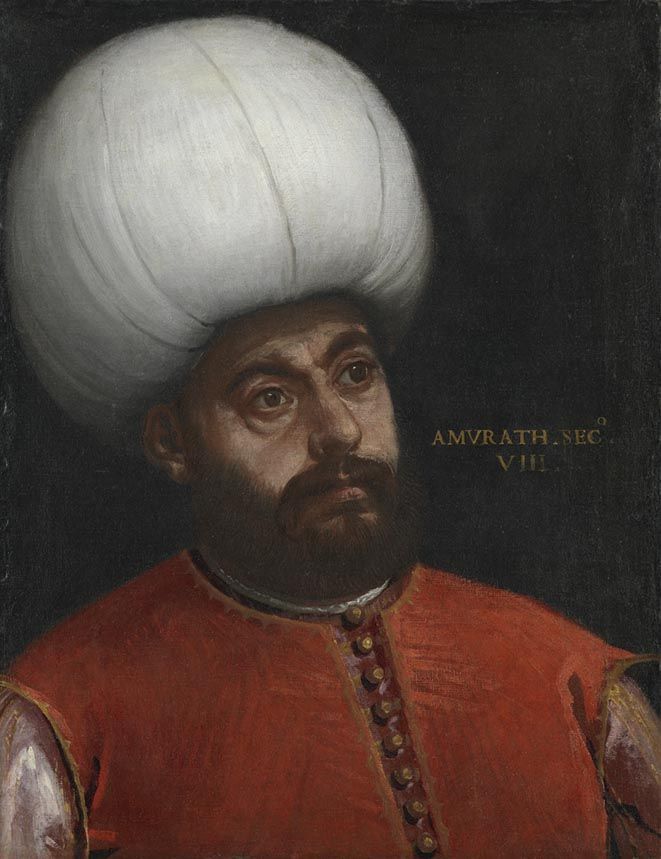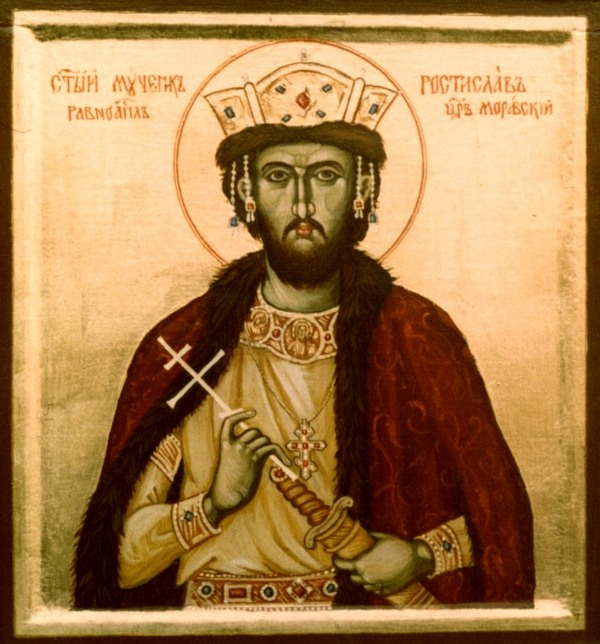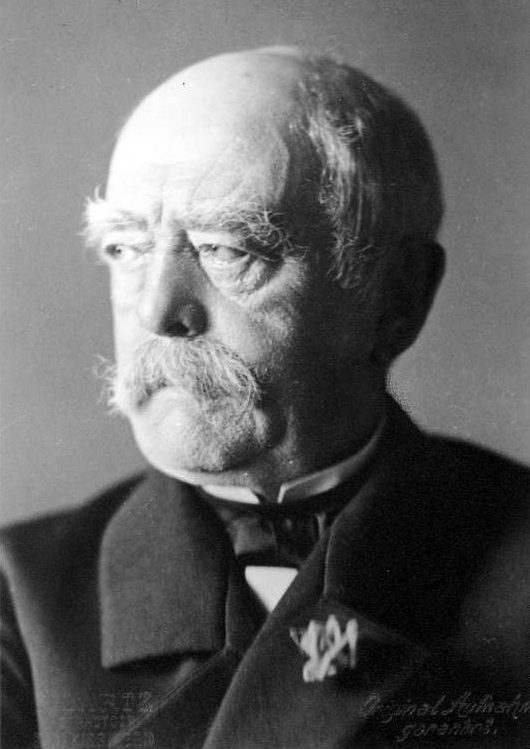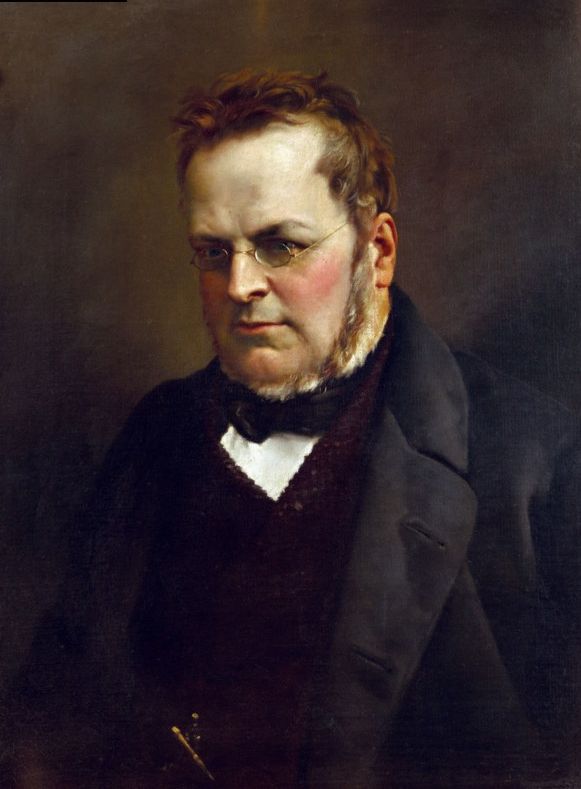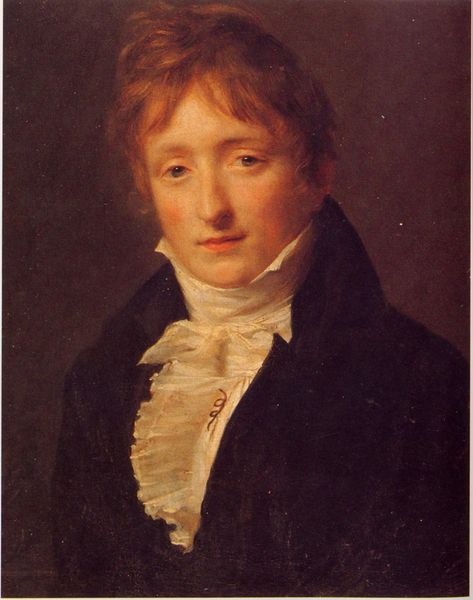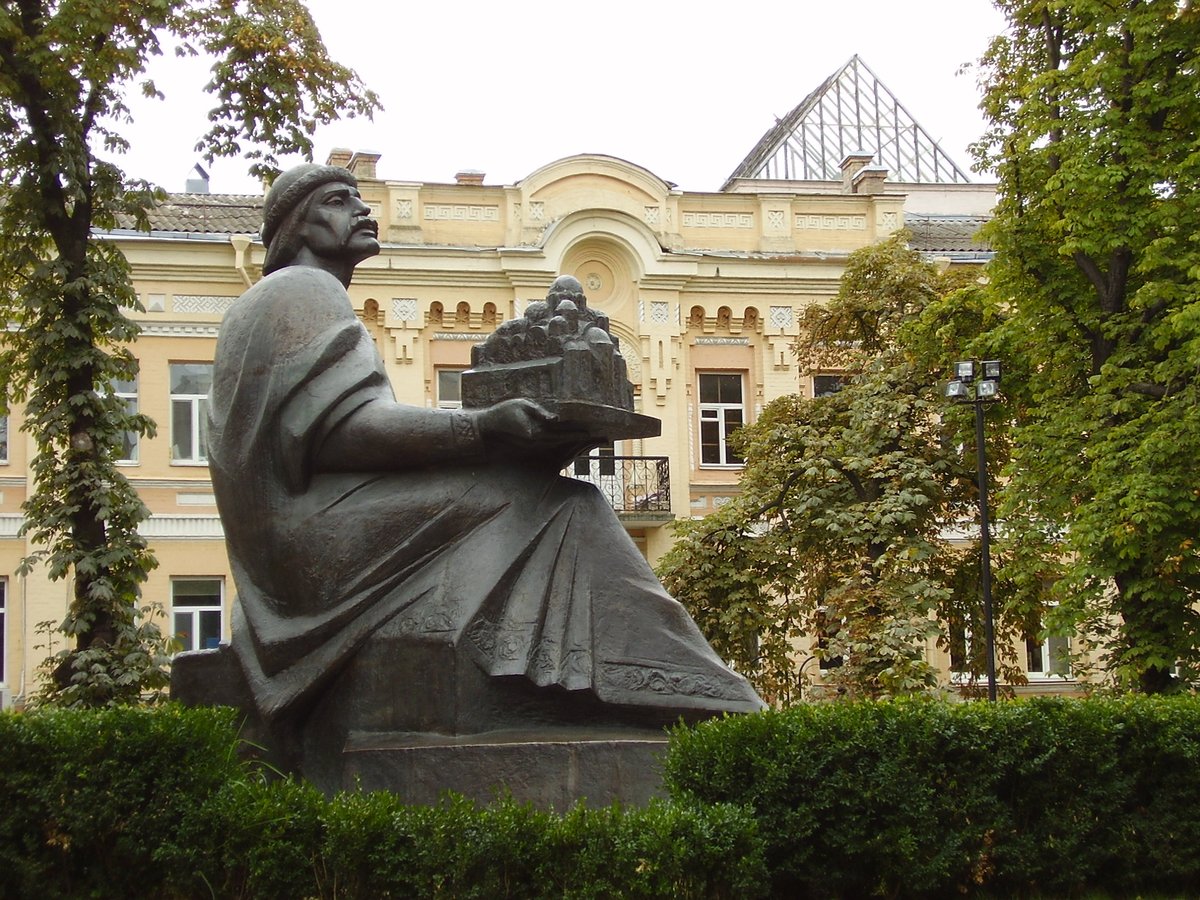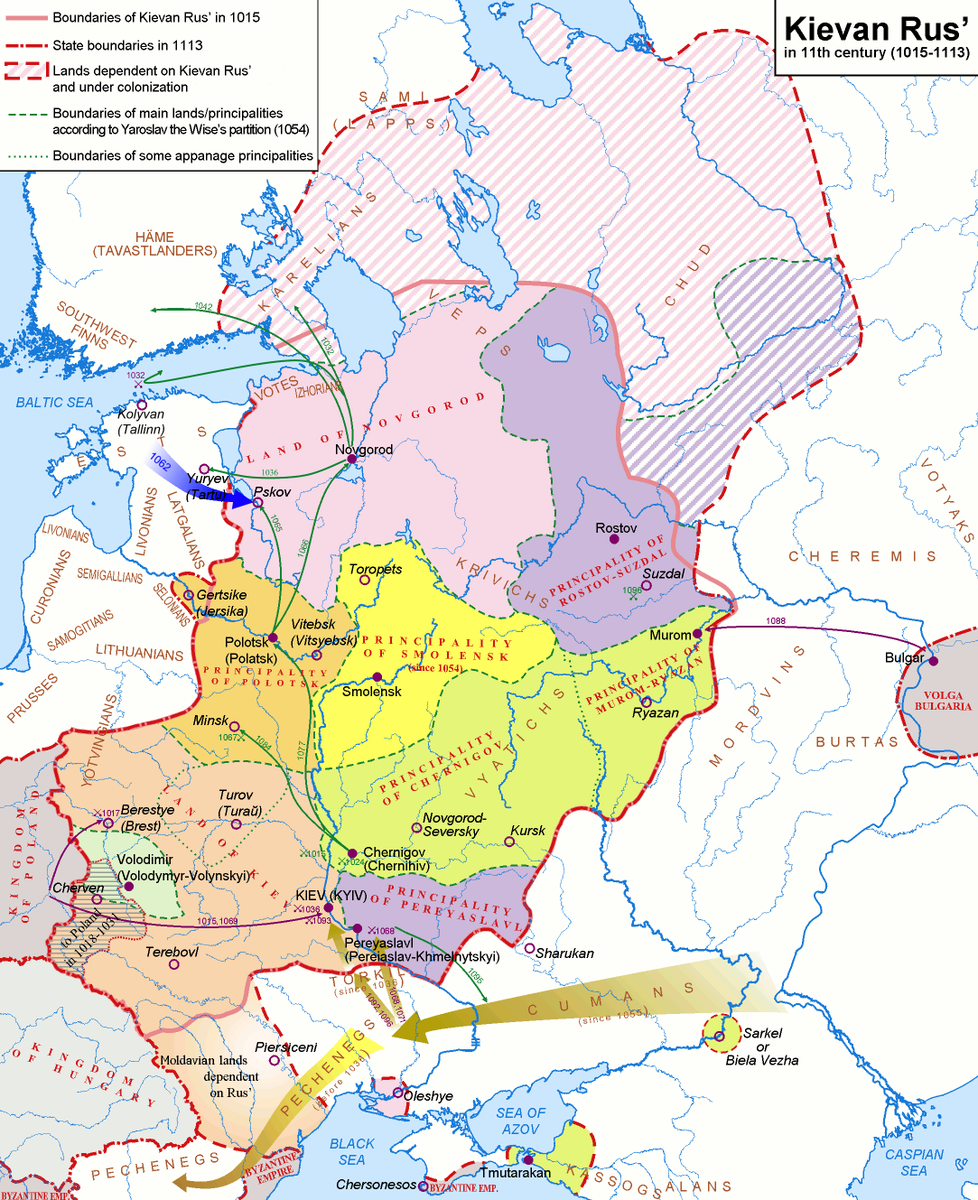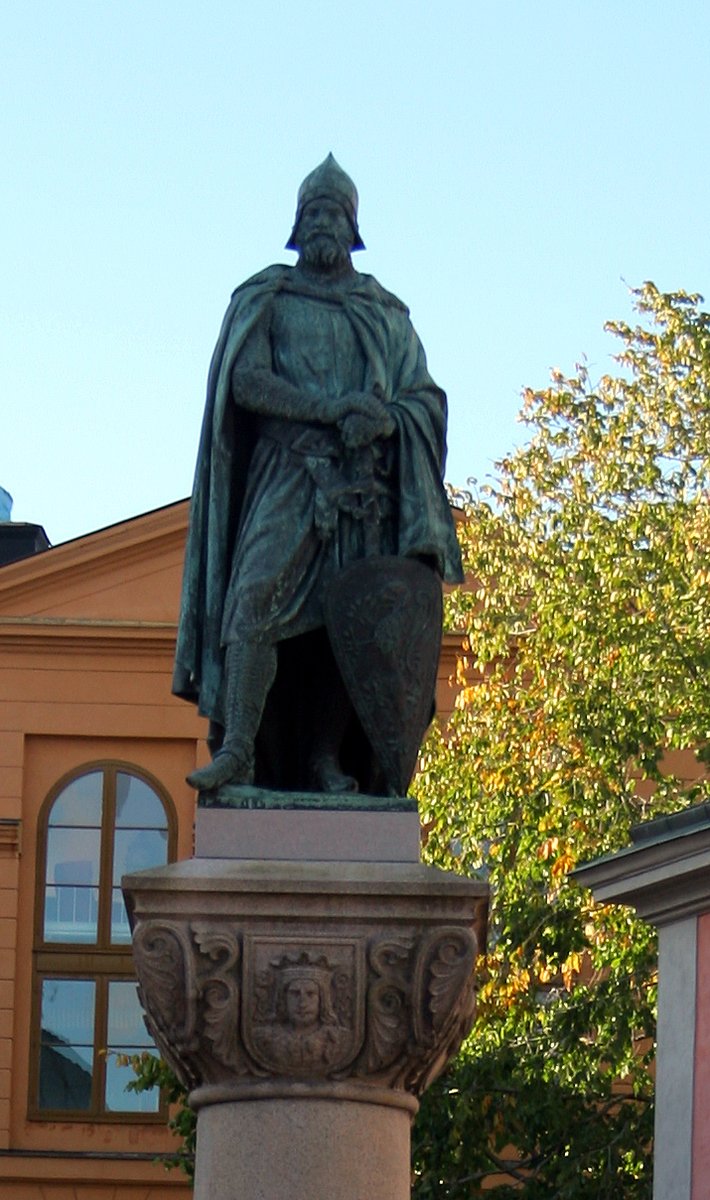An ancient Empire comes to an end,
A rift that will never be sealed and,
An Emperor in prison.
Story in the evening ...
A rift that will never be sealed and,
An Emperor in prison.
Story in the evening ...
https://twitter.com/Arby_K/status/1386870234989023234
Henri de Hainaut was born around 1176 to Count Baudouin of Hainaut and Marguerite de Flandre (later Countess of Flanders). Not much is known of his early life till 1201, when he set out for the Levant with his brother Baudouin to conquer Jerusalem. 1/10 

Things got ugly when they reached Venice. It was expected Venice would provide them transport by sea, but the Crusaders didn't have the money for it. Instead, Venice wanted them siege Zadar, a port on the Adriatic, part of the Christian Kingdom of Croatia. 2/10 

After the successful siege, an angry Pope threatened to excommunicate everyone involved, not that it mattered. But the entire Crusade was about to be diverted elsewhere, when Bonifazio di Monferrato, the leader of the Crusade, received an offer he couldn't refuse. 3/10 

The German King, Philipp von Staufen, and his brother-in-law, Alexios Angelos, the son of the deposed Byzantine Emperor Isaakios Angelos, proposed that the army go to Constantinople and install Isaakios back on the throne and end the schism in the Christian church. 4/10 

The fall of the Western Empire in 476 led to the Pope in Rome dependent on the support of the Emperor in Constantinople. While the Western Christian nations strengthened over time, Byzantium had faltered, leading to a power struggle between Rome and Constantinople from 1054. 5/10 

The city, that had resisted centuries of invasion by the Arabs, fell to the Crusaders in 1203. Isaakios had been restored. But soon the local crowd rebelled. Isaakios was deposed, dying in prison, and Alexios strangled. Crusaders again took the city, this time for keeps. 6/10 

Henri de Hainaut led one of the divisions in the siege. When the Crusaders recaptured the city, they installed their own ruler; Henri's brother, Baudouin. Henri was send out to conquer the remaining parts of the Empire in Asia, but he had to return at the point of victory. 7/10 

The Bulgars had defeated his brother and captured him at Adrianople. Emperor Baudouin would also die in prison. Henri was elected as his replacement in 1206. He set out and defeated the Bulgars in 1208 and the Byzantine remnants in 1211, giving stability to his young Empire. 8/10 

Emperor Henri took a more inclusive approach in the region. He eventually allied with the Bulgar, marrying Marjia, the daughter of the Bulgar Tsar who had captured his brother, and defended the freedom of the Eastern churches from the Pope. But his rule would be a short one. 9/10 

Henri would die in 1216, poisoned. His Empire fell in 1261, when Alexios Strategopoulos recaptured the city for Co Emperor of Nicaea, Mikhael Palaiologos, who restored the Byzantine Empire. The rift between the eastern and western churches would never be sealed. 10/10 

• • •
Missing some Tweet in this thread? You can try to
force a refresh


